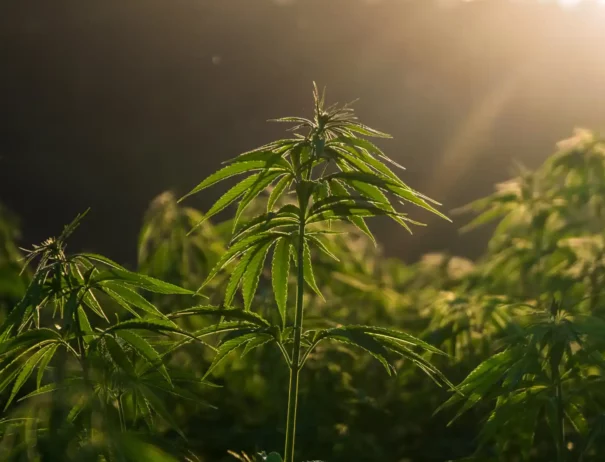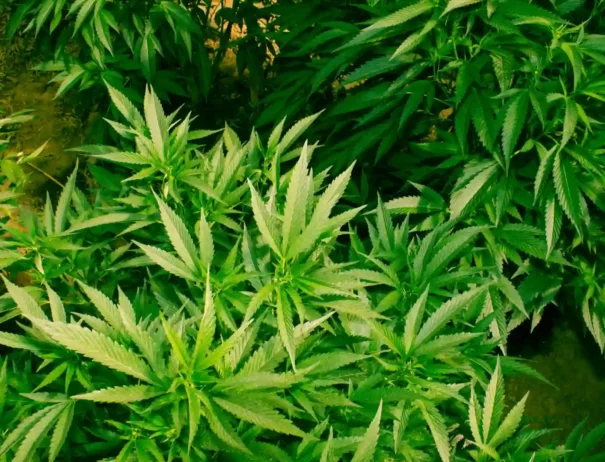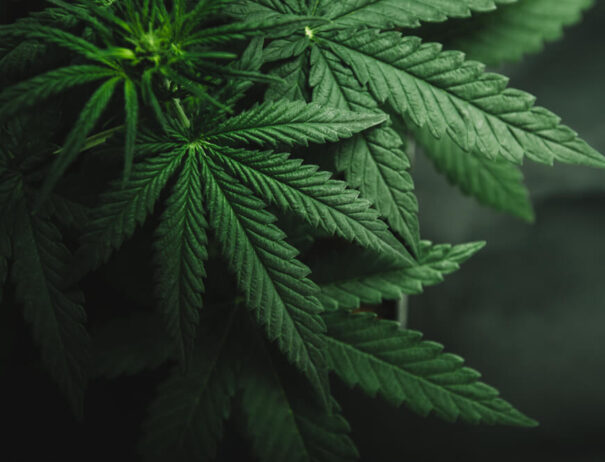Hemp’s Inclusion in USDA Census Marks Milestone for Cannabis
The United States Department of Agriculture (USDA) has recently begun to include hemp in its nationwide annual surveys of the agricultural industry. This historic move marks a significant milestone, recognizing hemp as a key player in the agricultural landscape of the United States.
For years, hemp farmers and advocates have worked tirelessly to legitimize this versatile crop, and finally, their efforts are paying off. The USDA’s decision to include hemp in its agricultural census shines a spotlight on the crop’s economic value, environmental benefits, and vast potential across various industries. Whether you’re a farmer, a consumer, or simply someone who’s curious about hemp, here’s what you should know about hemp’s evolving role in American agriculture and the broader economy.
What Is the USDA Census of Agriculture?
The USDA Census of Agriculture is a vital national survey that counts every farm and ranch in the United States and gathers detailed information about them. This census is conducted every five years and aims to capture a comprehensive snapshot of U.S. agriculture. It includes all sizes of farms and ranches that sell or could sell $1,000 or more in agricultural products during the census year.
A wide range of stakeholders use the data provided by the census. This includes federal, state, and local governments, along with agribusinesses, trade associations, and numerous other entities. The census provides these parties with a key source of uniform, thorough, and objective agricultural data for every county across the country. This wealth of information illustrates the significance and scope of various forms of agriculture in the United States. It influences decisions that shape the future of agriculture, including policies and programs designed to support the agricultural community.
Why Is the Inclusion of Hemp in the Census Such a Big Deal?
The inclusion of hemp in the census marks a major milestone for the cannabis industry. For years, hemp growers and stakeholders have awaited this recognition and its significant impacts on growing operations and the broader industry. Here are some reasons why this change is such a big deal:
- Recognition of Hemp as a Crop: Firstly, including hemp in the census gives it a formal place in the United States’ agricultural industry. It legitimizes hemp as a crop alongside traditional staples like corn and soybeans. It tells the nation and the world that hemp is not just an experimental or niche product but a significant part of the country’s agricultural sector.
- Data for Better Decision-Making: Secondly, this inclusion means that hemp operations now benefit from the same detailed data collection as other farming operations. The census gathers information on the number of farms growing hemp, the acreage dedicated to hemp, and the production volumes. Having access to this data helps farmers make informed decisions about planting, harvesting, and selling their crops. It will allow them to see trends in hemp cultivation, understand market demands better, and plan their production accordingly.
- Potential Improvements to Government Policies: The detailed data from the census can influence government policies and programs related to agriculture. With hemp included, policymakers can now consider the specific needs and challenges of hemp growers when designing support measures. This could lead to improved government assistance programs for hemp farmers, including grants, loans, and research funding aimed at improving cultivation techniques and increasing profitability.
- Positive Market and Investment Indicators: Furthermore, the inclusion of hemp in the census sends a positive signal to the market and investors. It underscores the crop’s economic potential and its role in creating new business opportunities. This recognition can attract investment in hemp farming, processing, and product development, fueling growth in the industry.
In essence, including hemp in the USDA Census of Agriculture is a big deal because it validates the crop’s importance, supports informed decision-making, influences policy, and encourages investment. This change represents a significant step forward for hemp growers and the cannabis industry as a whole, promising a future where hemp plays a central role in America’s agricultural and economic landscape.
Economic Impact of Hemp Production
Hemp production has a significant economic impact across the United States. This crop, known for its versatility, goes into making things like CBD oils, textiles, skincare products, and biofuels. As hemp farming gains recognition, it’s creating jobs and opening new markets.
Here are some eye-opening statistics that quantify the substantial and growing hemp production industry throughout the United States:
- The total value of hemp production in 2022 was $238 million.
- Farmers planted 28,314 acres of industrial hemp across the United States in 2022.
- The harvested acreage for industrial hemp in the open totaled 18,251 acres in 2022.
- Average annual sales of hemp-derived cannabinoids exceed $28 billion.
- In 2022, 215 farms were growing hemp for fiber, covering 5,841 acres and producing 11.1 million pounds.
- Additionally, 1,893 farms were dedicated to growing floral hemp for CBD and other cannabinoids over 10,557 acres, with a production of 11 million pounds.
Challenges and Future Outlook for the Hemp Industry
Despite its impressive growth and potential, the hemp industry faces several challenges. Fortunately, the future looks promising as solutions and opportunities continue to emerge.
One major challenge is the regulatory landscape surrounding the hemp industry. Different states have varying laws about hemp cultivation and product sales, making it hard for farmers and businesses to operate smoothly across state lines. This confusion can slow down the industry’s growth and discourage investment. Additionally, the lack of clear federal regulations for hemp-derived products like CBD creates uncertainty for producers and consumers alike.
Another major challenge is the hemp market’s volatility. Prices for hemp and its products can fluctuate widely, influenced by supply, demand, and regulatory changes. This unpredictability makes it difficult for hemp businesses to plan for the long term and secure investments.
Despite these hurdles, the hemp industry has a bright future. The demand for sustainable and natural products is rising, and hemp offers a wide range of applications, from textiles to health products. As awareness and acceptance of hemp increase, so does its market potential.
Stay Up-to-Date with the Latest Cannabis News
Cannabutter Digest is your go-to source for the latest cannabis news, insightful reviews, delicious recipes, and much more. Whether you’re a seasoned hemp enthusiast or just beginning to explore the benefits of this remarkable plant, we’ve got something for you. Don’t miss out on the opportunity to expand your knowledge and join a community passionate about cannabis. Click here to explore more articles and become part of the Cannabutter Digest family today.

Get Your Free eBook!
Download our FREE resource, The Ultimate Edibles Guidebook, full of recipes, infusion tips and everything you need to make your first batch of edibles today!



